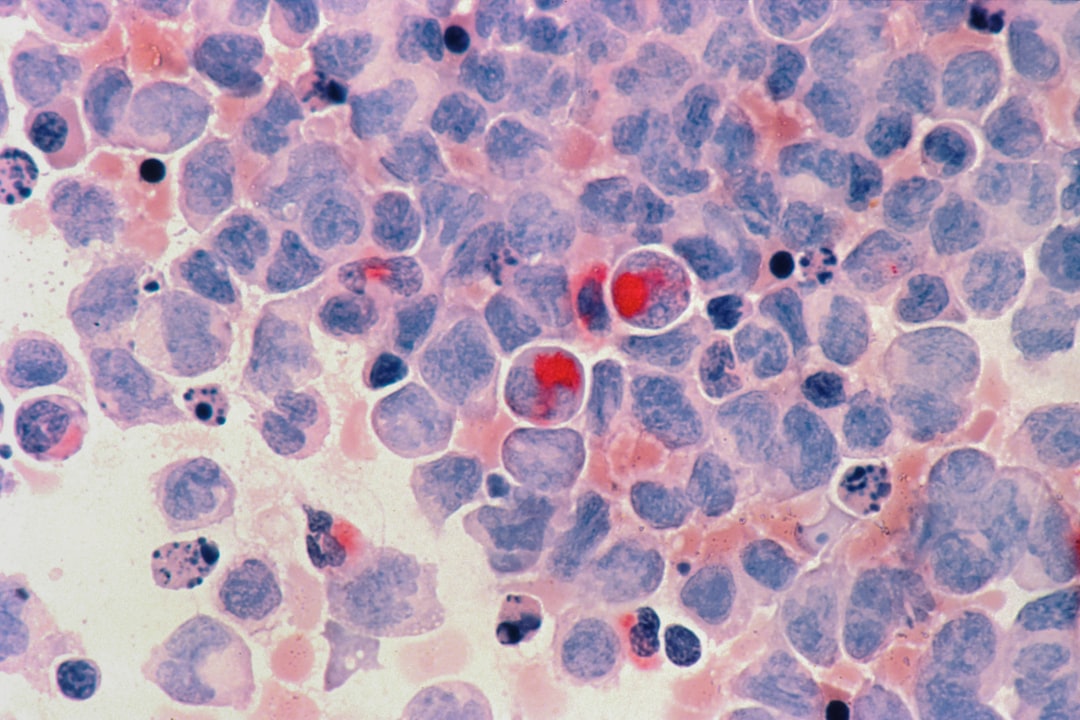What is it about?
We report that ceramide synthase Schlank, a multiple transmembrane protein containing a catalytic lag1p motif and a homeodomain has a double role as enzyme and transcriptional regulator. Binding to DNA via its homeodomain allows to transduce information about the feeding status to the level of gene expression.
Featured Image
Why is it important?
Drosophila ceramide synthase (CerS) Schlank binds DNA via its homeodomain CerS Schlank has a double role as enzyme and transcriptional regulator Mutation in the homeodomain of Schlank results in deregulated lipid homeostasis
Perspectives
We believe that these results significantly broaden our understanding of how an organism adapts to metabolic changes in health and disease. Our concept will challenge the dogma that most regulatory aspects of CerSs are exclusively based on the enzyme activity and the ceramide produced and shift the focus on the CerS protein. The identification of a mechanism for the CerS as a regulator coordinating genomic response to altered metabolic conditions, represents an important step in unravelling the molecular network underlying lipid-based metabolic disorders. This mechanism could have clinical implications for pathologies associated with ceramide- or metabolic disorders such as neurodegeneration (e.g. Zellweger Syndrome), obesity and insulin resistance leading to diabetes. Since the function of the CerSs homeodomain as transcriptional regulator identified in this study is new, it will open the possibility of alternative therapeutic approaches. We believe that this is a major discovery and is of fundamental interest to cell biology, in particular on lipid research, signal transduction and metabolism and metabolic related diseases in general.
Dr Reinhard Bauer
University of Bonn
Read the Original
This page is a summary of: Ceramide Synthase Schlank Is a Transcriptional Regulator Adapting Gene Expression to Energy Requirements, Cell Reports, January 2018, Elsevier,
DOI: 10.1016/j.celrep.2017.12.090.
You can read the full text:
Contributors
The following have contributed to this page










